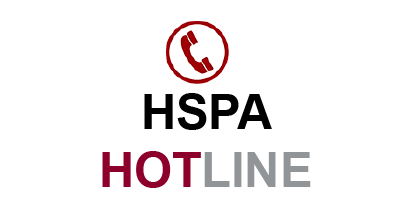Send your questions to Steve Key, HSPA executive director and general counsel, skey@hspa.com or call (317) 624-4427.
The following questions were submitted by The Paper of Montgomery County (Crawfordsville), Reporter-Times (Martinsville), The Indianapolis Recorder:
Consider paper’s credibility when allowing live comments on website
Q: On our web site, readers have the ability to comment on stories. Those comments do not go live, but are screened by us. Our strategy has always been to avoid anything libelous being posted and activated. That’s not the case with our social media. Whether Twitter or Facebook or whatever, comments stream live. If we allowed reader comments on our web site to be live, what is our liability for their content?
A: Under federal law, if the website allows posting without any filtering/editing, there’s a safe harbor provision that would protect you from libel. You’re not considered a “publisher” if you don’t control content.
That’s the legal liability answer, but if I were you, I would also consider the credibility impact. I’ve seen in the past where too many people lose faith in a newspaper because of the crap it were allowing to be posted – rumors it would never allow to be printed in the paper without any verification from sources or documents. It hurts the newspaper’s credibility/standing with its community. The advertising department loved the “clicks,” but the paper decided to change its policy and require people to give their name to the posts and reserve the right to decline or remove posts.
School district’s survey results should be available for inspection
Q: The school district just released a survey asking for public input on what qualities they would like to see in a new principal. We want to know if the responses the school district receives from the community are considered public record that would allow us to request copies?
A: I can’t think of any legal basis for them to declare the voluntarily submitted survey answers confidential; unless they try to say they are deliberate materials generated for decision-making purposes that are of opinion or of speculative nature. I think that would not be consistent with the intent of the exception.
When the time is appropriate, make the request to inspect and see what they say.
DOL’s 4,000 circulation overtime rule exemption need not include paper plus special pubs
Q: I have a question concerning the 4,000 circulation exemption to the federal overtime rule and the impact it will/will not have on the Recorder. We have a weekly newspaper and a quarterly magazine. When counting circulation are we required to count the magazine’s circulation?
A: If I understand you correctly, The Indianapolis Recorder and the quarterly magazine are separate publications with different names and mailed under different postal permits. If my assumption is correct, then the federal Labor Department should not combine the circulations of both for purposes of the overtime rule exception of small newspapers.
Below is some information shared by Tonda Rush, director, public policy and legal counsel for the National Newspaper Association (NNA) based on questions submitted to the Department of Labor.
NNA posed several questions to the Labor Department in 2016, and here is what we got back. You will notice the responses don’t necessarily add clarity.
NNA: Under what conditions does the Department apply the under 4,000 circulation exemption to companies with multiple newspaper titles?
DOL Response: Where a publishing company publishes more than one newspaper, each newspaper may be treated separately for the purpose of determining whether the circulation of such papers is less than the maximum set forth in Section 13(a)(8). If the situation is one where the purported separate publications are properly to be regarded as one and the same newspaper, the total circulation of both newspapers would have to be considered in determining whether the exemption applies.
DOL Response: Where a publishing company publishes more than one newspaper, each newspaper may be treated separately for the purpose of determining whether the circulation of such papers is less than the maximum set forth in Section 13(a)(8). If the situation is one where the purported separate publications are properly to be regarded as one and the same newspaper, the total circulation of both newspapers would have to be considered in determining whether the exemption applies.




